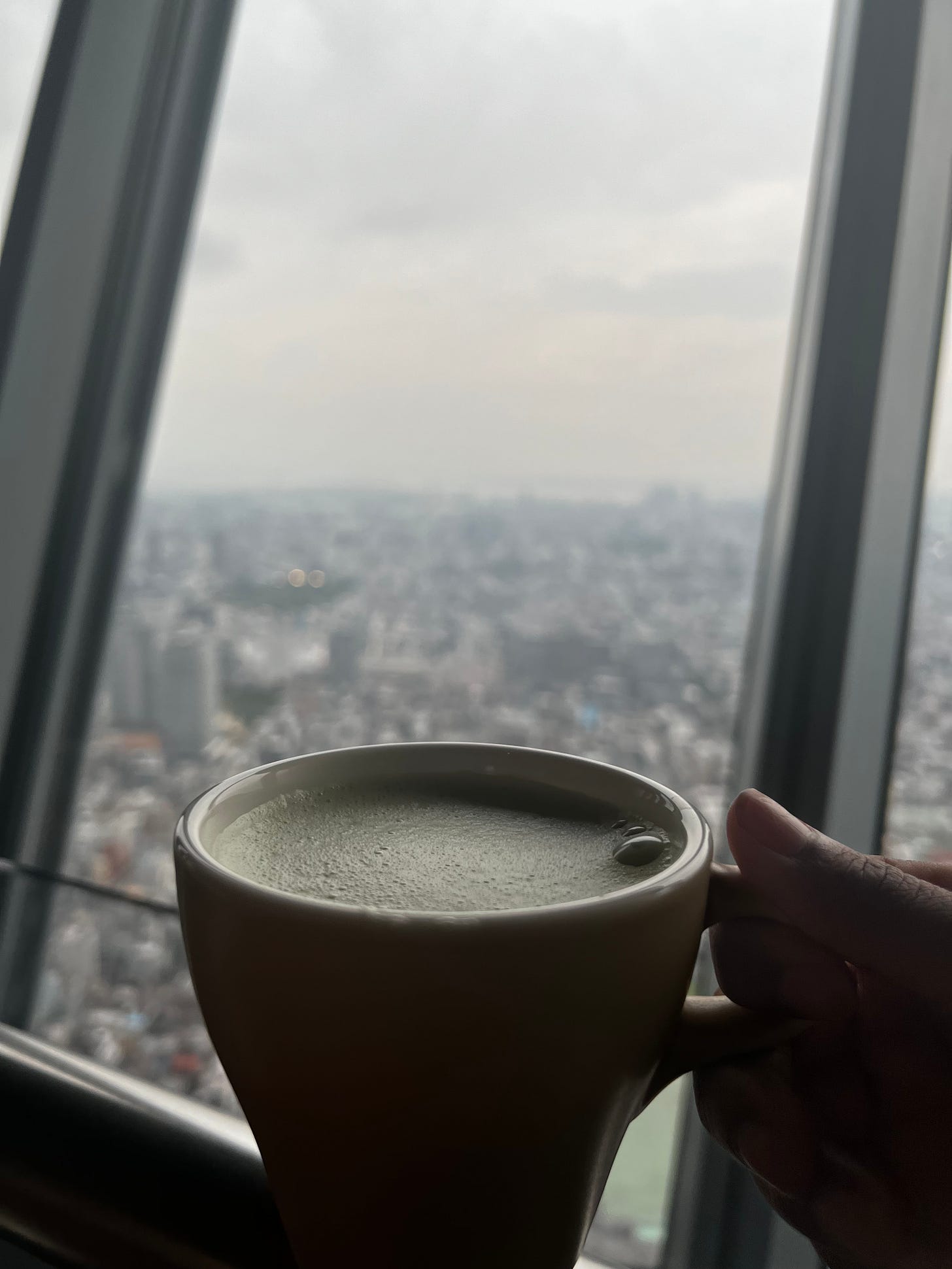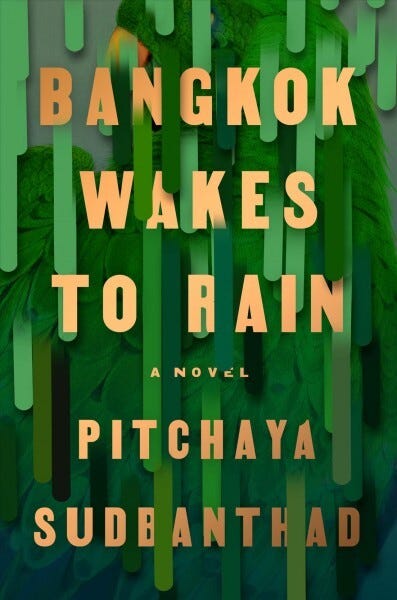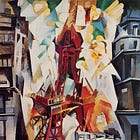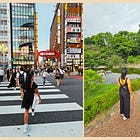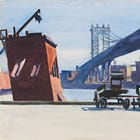Skylines & Storylines: Exploring Cities in Season 6
What makes a city literary?
In our last newsletter, we announced the book list for our Season 6 theme: cities. And just last week, we released our first episode introducing this theme, sharing our book list, and talking all about cities and urban literature. In this season, Shruti and I will be focusing on books where the city itself plays a role in the story or provides meaning to the characters.
When we think of cities worth writing about, a few come to mind. New York, London, Barcelona, Paris, Tokyo, to name a few. What is it about these cities that makes them the perfect settings for stories to unravel? How has the history of these cities embellished literature to the point that the feelings we get from these places are so relatable and universal?
This is the perfect crossover of urban architecture and literature. As readers may know, I am an architect, and I like to view cities as a museum. Every street and every building has layers of history to be studied and analyzed to understand the culture and depth the city has to offer. Literature has a way of turning this analysis into something emotional or symbolic, but it’s not just the words on the page that keep you hooked; it’s also the characteristics of the city itself.
Reading a book that is set in New York, the reader’s imagination automatically melts into the urban landscape of the city, even if we haven’t been there. A book set in Rome feels full of history and rich in meaning. In this newsletter, I aim to explore the question of what makes a city literary.
History and Memories
Cities worth writing about aren’t just blank stages to which any story can sit upon and be told; they are layered with history and memories that add context and meaning to the story. Literary cities are places with scars in the form of new technology, monuments, or ruins. The streets and buildings can act like archives to access the past.
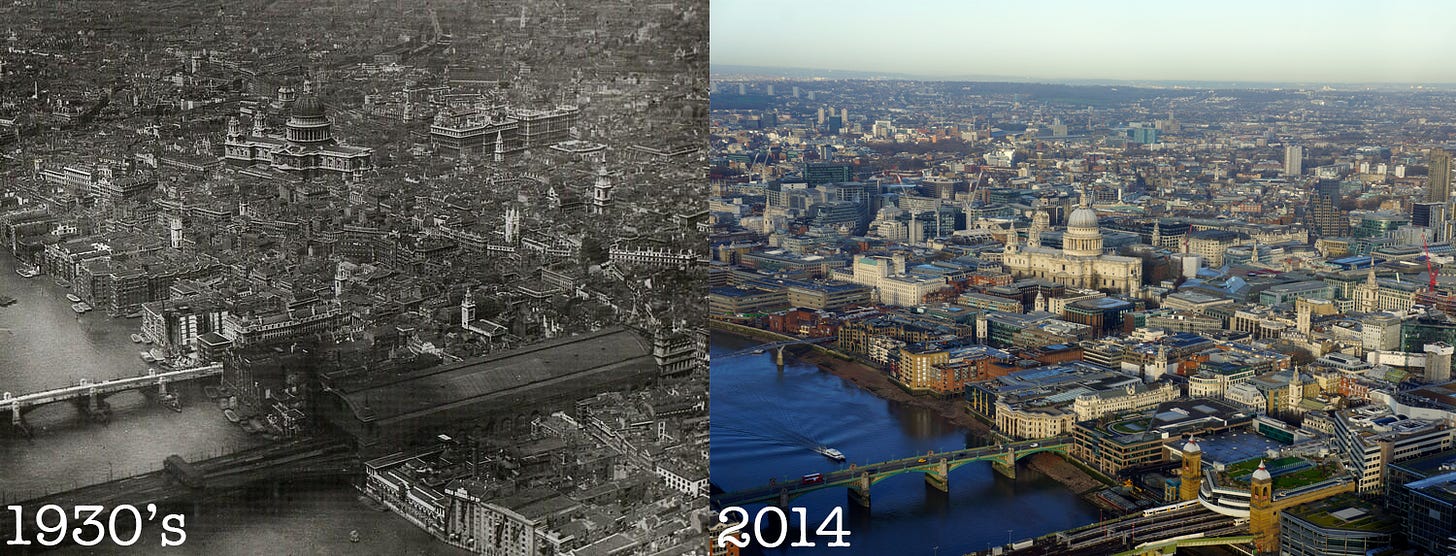
London is a city that has been built and rebuilt, and traces of its history can be found on its skyline with reminders of fire, industrialism, and war. New York, as a contrast, is often referred to as the city of beginnings. Its history echoes reinvention and discovery, and allows the city to give its characters promise of a future and endless possibilities.
Such cities don’t just provide settings, they provide resonance. Their pasts allow readers to latch on to stories more intimately because the cities themselves contain so much depth already.
Colm Toibin’s Brooklyn will give readers a piece of the layers of immigration into New York and how this can be glamorous, gritty, wonderful, and full of hardship. This split personality aspect of the city will be explored in our speculative choice for this season in N.K. Jemesin’s The City We Became. In Virginia Woolf’s Mrs. Dalloway, we will see a newly developed London, still haunted by war, whereas in Zadie Smith’s White Teeth, we will see a postcolonial London filled with multiculturalism and diversity.
Contrast and Tension
Wealth and poverty. Tradition and modernity. Beauty and decay. When a city’s people and characteristics create contradictions within itself or involve conflict in its past, it gives people something to write about.
Istanbul is a city that embodies this tension. Once the capital of the Empire, by the 20th century, it was a city negotiating with tradition and renewal as well as contrasting the East and West. In Orhan Pamuk’s The Museum of Innocence, this tension becomes personal, playing on the intimacy of community and the city’s neighborhoods.
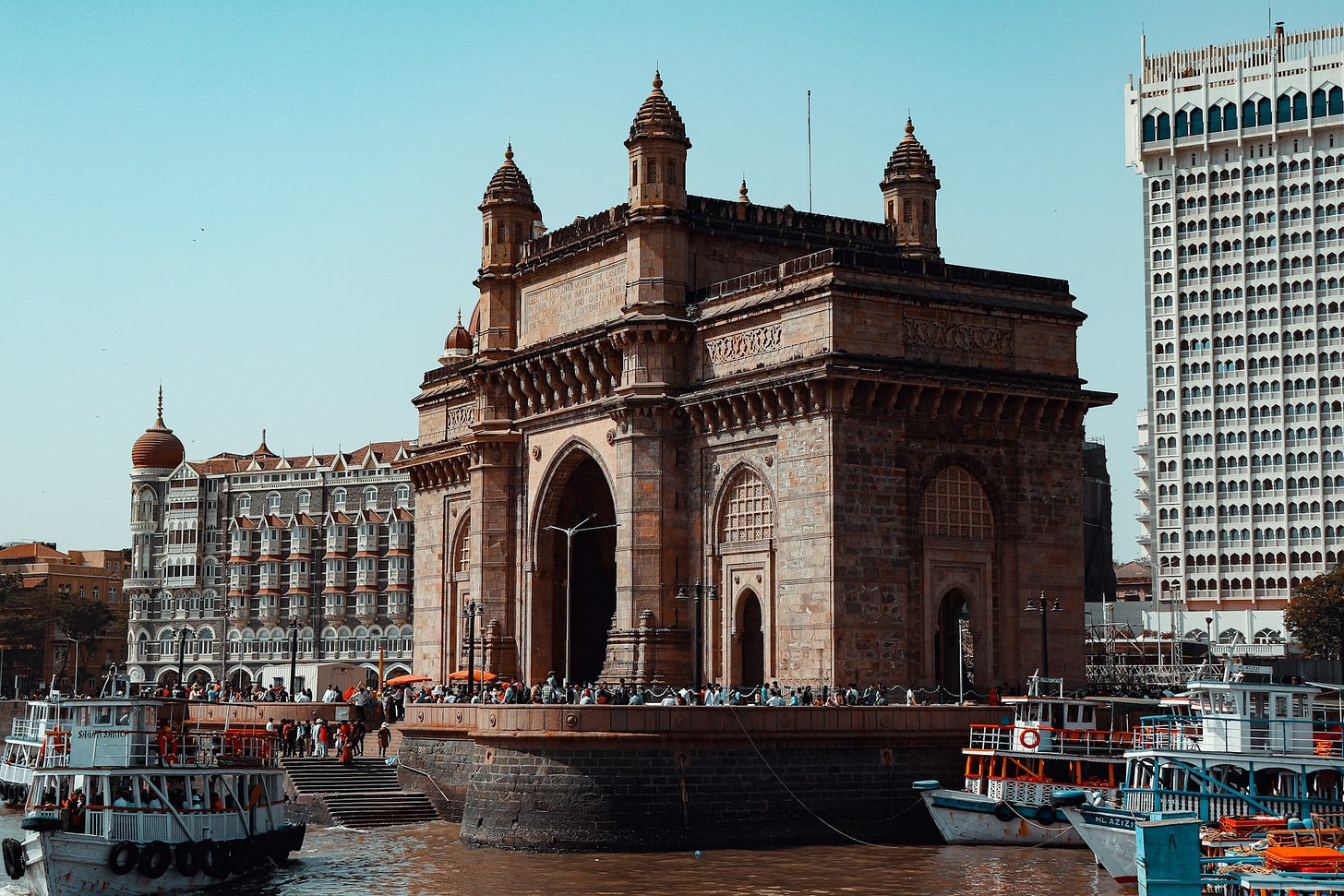
Postcolonial cities carry their own set of contradictions. The growing pains of independence layered over years of colonial legacies give cities invisible wounds of trauma and struggle. Bombay in Rohinton Mistry’s Such a Long Journey is one such place. The modernized train stations with the Art Deco-inspired facades in the streets carry a weight of both history and rapid change.
These tensions make cities compelling, whether or not the cities they are referring to have any personal connections, because they mirror human experiences. Cities that are in war with themselves contain both hope and ruin, progress and fracture, and in literature, such places provide interesting backdrops because they dramatize the same conflicts we may wrestle with in our daily lives.
Imagination and Reinvention
Literary cities are in constant motion by rebuilding, expanding, and transforming in response to both ambition and crisis. The ability to reinvent themselves makes them a rich topic for literature.
Some reinventions are born out of desire, such as the World's Fair in Paris, which gave us the iconic and everlasting Eiffel Tower, or the World's Fair in Chicago, which shocked the world with groundbreaking architectural developments and new technologies that we still use today. These successful attempts to rewrite urban identity lend writers a setting full of possibilities and imagination.
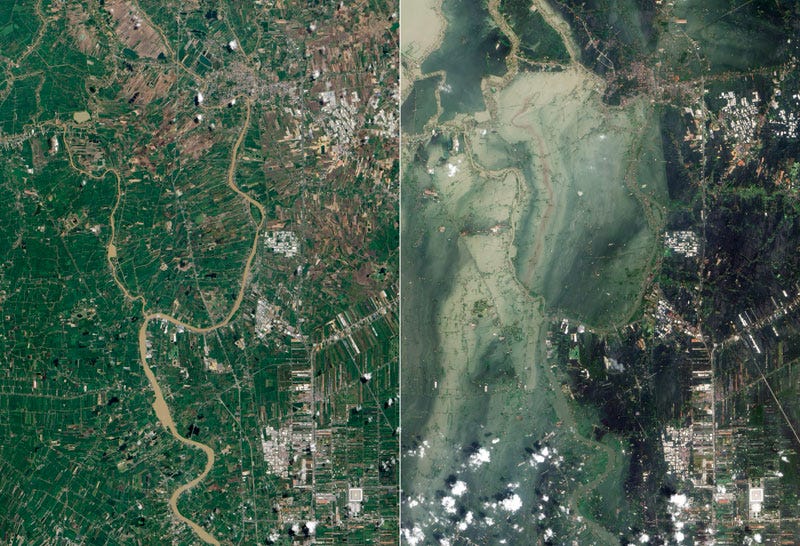
Other reinventions are born out of crisis or disaster. Fires, earthquakes, and floods can leave scars that force people to start over. This creates an opportunity for change, allowing the city to make choices to start anew and decide what is worth holding onto for the future. New Orleans shows how disaster itself can become the defining thread of a story. The architecture, music, and culture all testify to survival and reinvention to combat its constantly rewritten past. In Bangkok Wakes to Rain by Pitchaya Sudbanthad, we will see how vulnerability to natural disasters can change how a city develops, where reinvention is more about survival than choice.
These literary cities can hold on to their past while projecting forward with development, inviting both architects and novelists to help imagine what can come next and what we should never forget.
Novels in literary cities show us how a city can be inseparable from its story. The built environment carries traces of time, which can shape the growth of characters. When authors write about a setting like this, they aren’t just imagining a skyline, but are intentionally creating a mood or atmosphere that helps mold the story. As we step into Season 6, we’re excited to see these ideas come alive in the books we’ll be reading, and can’t wait to have you along with us on this journey.
-Neha
What do you think makes a city literary? Are there other cities or books you would include in this list? Let us know what you think!
Up Next
In our next episode on The Novel Tea, we will be talking about Bangkok Wakes to Rain by Pitchaya Sudbanthad. In this episode, we discuss how the idea of time is explored and how each character encounters displacement in their own way. We then get into a conversation about aging, beauty trends, and the afterlife, and cannot wait for you to hear it!
In Case You Missed It…
This past summer, we curated a short series called Literary Escapades dedicated to armchair travel. Check them out here!



